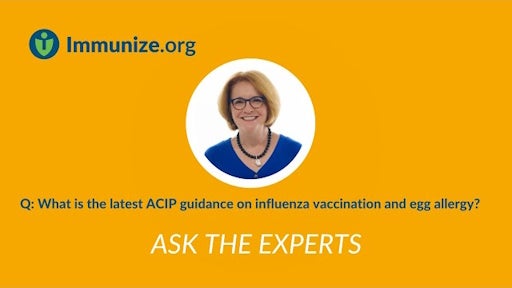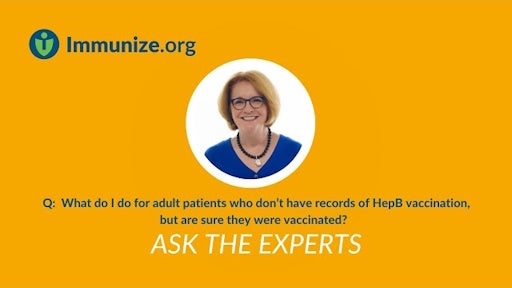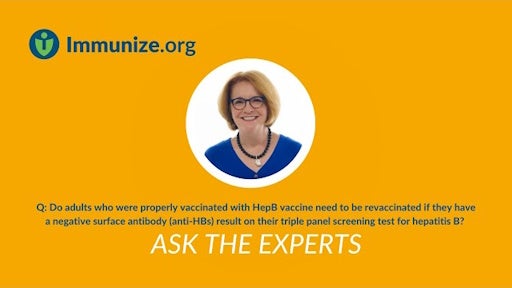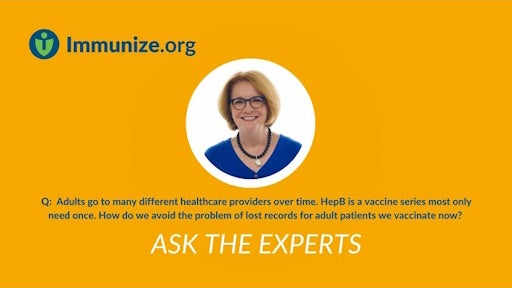In general, although it is not ideal, receiving extra doses of vaccine poses no medical problem. However, receiving excessive doses of tetanus toxoid (e.g., DTaP, DT, Tdap, or Td) can increase the risk of a local adverse reaction. For details see the Extra Doses of Vaccine Antigens section of the ACIP “General Best Practice Guidelines for Immunization” at www.cdc.gov/vaccines/hcp/acip-recs/general-recs/timing.html.
Vaccination providers frequently encounter people who do not have adequate documentation of vaccinations. Providers should only accept written, dated records as evidence of vaccination. With the exception of influenza vaccine and pneumococcal polysaccharide vaccine, self-reported doses of vaccine without written documentation should not be accepted. An attempt to locate missing records should be made whenever possible by contacting previous healthcare providers, reviewing state or local immunization information systems, and searching for a personally held record.
If records cannot be located or will definitely not be available anywhere because of the patient’s circumstances, children without adequate documentation should be considered susceptible and should receive age-appropriate vaccination. Serologic testing for immunity is an alternative to vaccination for certain antigens (e.g., measles, rubella, hepatitis A, diphtheria, and tetanus).




